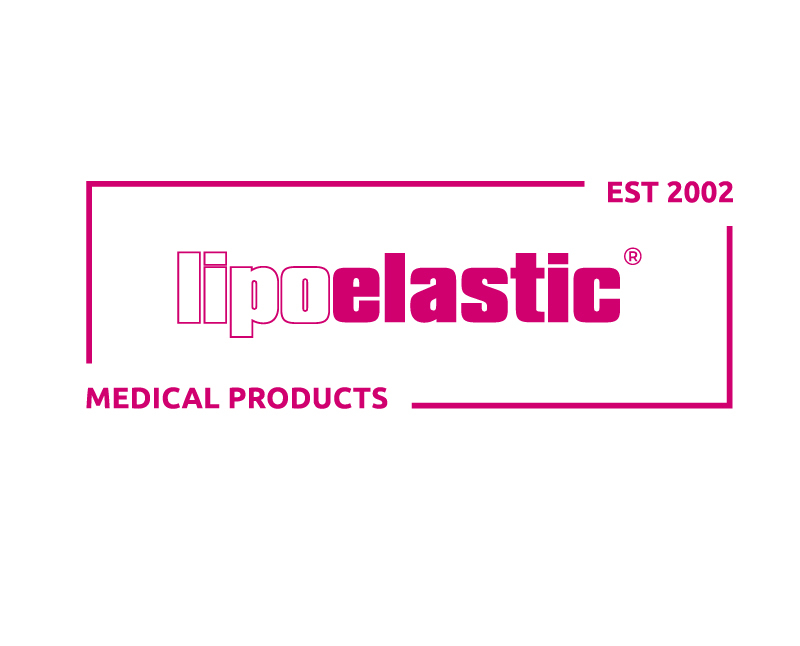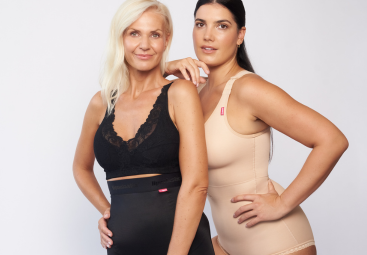Also known as fat grafting, fat transfer is becoming a favorite in the world of cosmetic enhancements. With its ability to use your body's natural fat for reshaping, it's easy to see why more and more people are opting for this alternative, especially those who want to avoid synthetic materials. Let’s not forget the “killing two birds with one stone” proposition that draws many patients to this procedure.
Whether you're looking to enhance your breasts, buttocks, or even add volume your face, this innovative method can help you achieve your aesthetic goals more naturally.
(2).png)

What is Fat Transfer Surgery
Fat transfer surgery, also known as fat grafting, is a cosmetic procedure where fat is harvested from one part of the body (such as the abdomen, thighs, or hips) and transferred to another area, commonly the face, breasts, or buttocks, to enhance volume and contour.

Methods of Fat Transfer:
There are various methods of fat transfer, each with unique characteristics. Traditional liposuction involves manually extracting fat through a thin tube, known as a cannula, which is inserted into the body. The harvested fat is then processed and injected into the desired area.
Another method, Water-Assisted Liposuction (WAL), utilizes a gentle stream of water to dislodge fat cells, effectively preserving both the cells and surrounding tissues. This makes the extracted fat more viable for transfer. Additionally, Laser or Ultrasound-Assisted Liposuction employs heat or sound waves to break down fat before it is suctioned out.
Water-Jet Liposuction, in particular, stands out as a superior option for fat grafting due to its gentle approach, which preserves fat cells and surrounding tissues more effectively. This method leads to higher fat survival rates, resulting in longer-lasting and more natural-looking outcomes after the transfer.
Fat Transfer on Rise
One of the key reasons fat transfer is gaining popularity is the advancement in technology. Today's techniques, such as Water-jet Assisted Liposuction (WAL), are more efficient and produce better results than ever before. With these modern methods, surgeons can ensure a higher survival rate for the transferred fat cells, leading to smoother, more natural-looking outcomes. This makes fat transfer an attractive alternative to implants, for example.
Popular Areas for Fat Transfer

Debunking the Myth: Does the Fat Really Dissolve?
A common question about fat transfer is whether the results last. While it's true that some of the fat cells may be reabsorbed by the body, most of the transferred fat will stay permanently. Thanks to advanced techniques like WAL, the fat's survival rate has significantly improved. This means that with the right aftercare, the results can be long-lasting and natural.
If you're considering a cosmetic procedure, consult with a specialist to see if fat transfer is right for you. Whether you're looking to restore lost volume or enhance your natural curves, fat transfer is a cutting-edge, natural alternative that fits seamlessly into today's beauty trends.
Resources
Man, Meyer: Water Jet-Assisted Lipoplasty, Aesthetic Surgery Journal, Mai 2007, Vol. 27(3):342-346.
Münch, D.: Breast Augmentation by Water-Jet Assisted Autologous Fat Grafting: A Report of 300 Operations, The Surgery Journal, Ausgabe 2/2016, online veröffentlicht im April 2016

 LIPOELASTIC TEAM
LIPOELASTIC TEAM 



 England
England



 Wales
Wales
 Scotland
Scotland
 Northern Ireland
Northern Ireland
 Ireland
Ireland
 United States of America
United States of America
